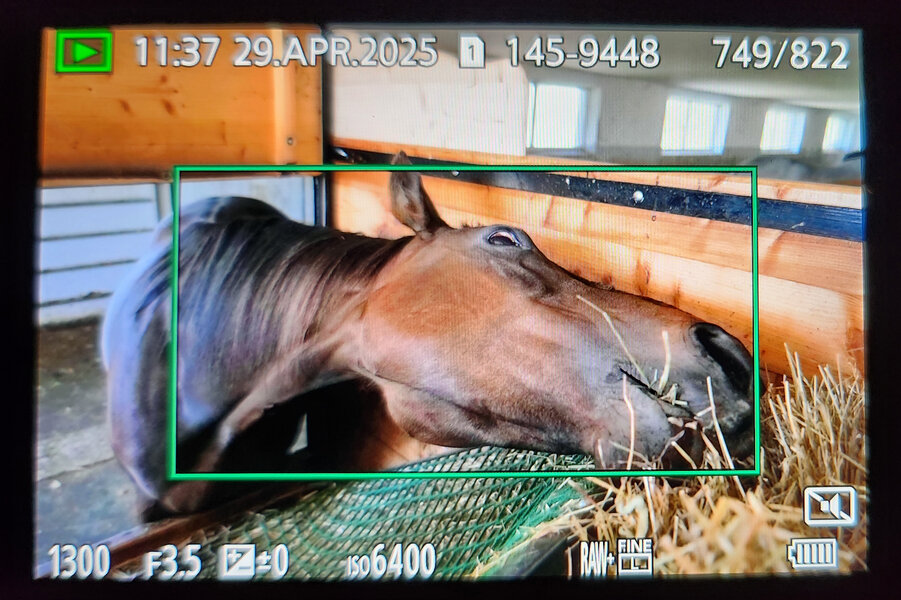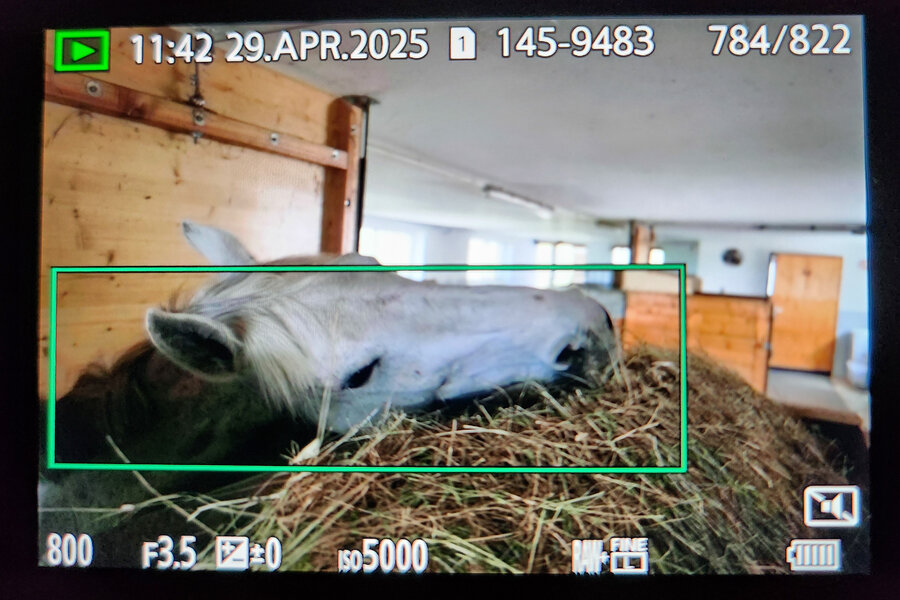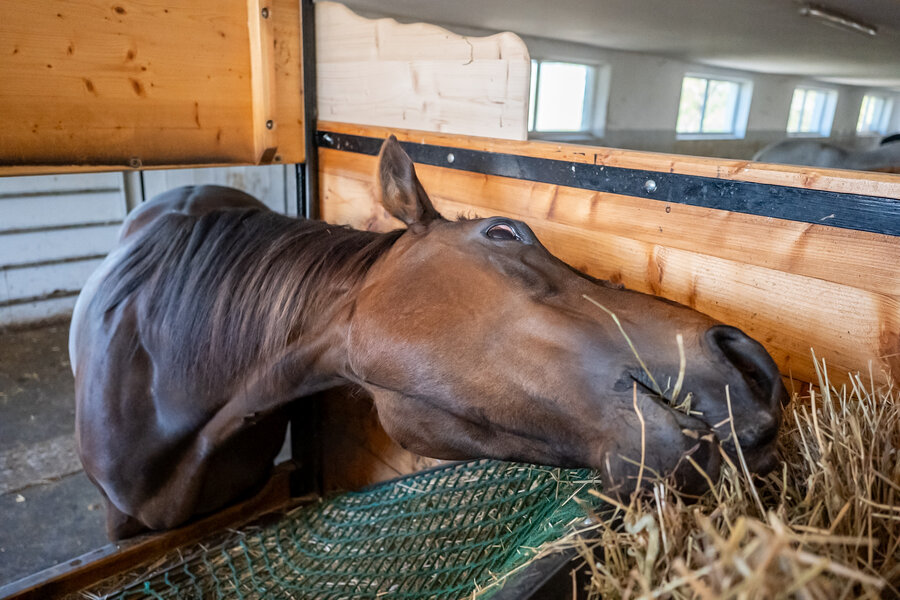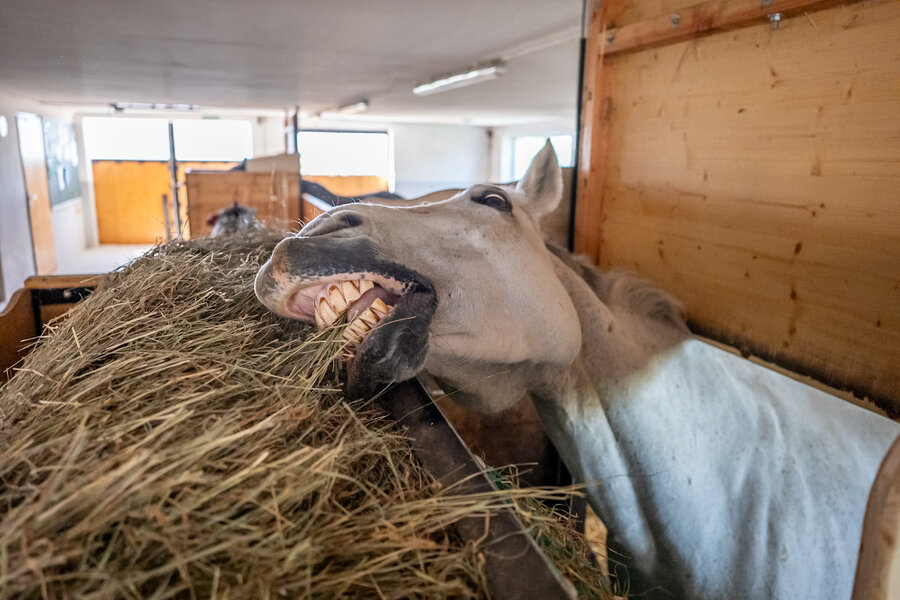Markuswelder
Well-Known Member
Not all of us here are chasing the latest in greatest in camera bodies, there seems to be quite a few that still use -and are very happy with the original mk 1 version. Myself being one of them. It's a much better camera, than the "professional reviewers" would have you believe. So I thought I'd start a thread to collect users experiences on what actually works well on the mk 1. I'd rather figure out and learn one particular model, than continually jumping to upgrade after upgrade, simply hoping that the manufacturer will magically deliver exactly what I want. Know my camera intimately, what works, and what doesn't. Or not so well anyway.
As we know, the AF had big changes between the mk1 & mk 2 models, so what is mostly being discussed here (currently in the Forums) is not that relevant to us DFD users. I've got to admit, I'm quite a big fan of DFD, for photographic purposes. Moving subjects and all. I don't do video myself, nor do I shoot small birds at vast distances but I'm not averse to users posting up their bird shooting settings or video tips & tricks. Not in the slightest.
So feel free to jump on in, and give us some of your hot tips that we can all perhaps experiment with, and see if it works for us.
I'll start. The S51 doesn't have very much in the way of subject detection AF modes. Face/people, animals, or both. That's it. But what it does have, seems to work pretty darn well, in my experience. It's not perfect. Far from it. but it does work, and the longer I spend tinkering around with it, the more I think I like it.
What I have been trying to find, is a basic, all round general purpose focus mode setting, that works in most scenarios. For me. I'm actually on holidays at the moment, probably not the best time to start getting all sidetracked on experimenting with different setups, but hey, what the hell. Nothing ventured, nothing gained right.
Because there's such a wide variety of subject matter that presents itself while wandering around strange cities/countries, the last thing you want to be doing, is diving off into the menus and p!$$ farting around to adjust settings every few seconds, just to suit different subject matter as it presents itself. So what I've come up with, is this.
1-Area+ AF mode. The owners manual tells us that the camera prioritizes the single point/box, but uses the framed area around the box to supplement subject acquisition, should your subject stray outside the focus box. Which does happen when shooting moving subjects. I'm not perfect at tracking, far from it. So I can use the help, and happy to accept my deficincies. So far, it seems to work.
Prior to this, I used to use the Zone (Oval) pattern, which works pretty good, but you lose the ability to specify that single, central point of the focus box/pattern.
Now, the good thing about using 1-Area+, is that you can also use Human/Animal detect with it. Which you can't, with Zone Oval. What you can also do, if you want to help the Human/Animal detect when it fails to pick up the subject, is place the 1-Area+ over the subject, & the camera will usually then pick up the subject, or at the very worst focus on that spot, rather than randomly jumping around the frame looking for something to nail.
Yeah, I know that you can cycle through multiple detected faces using just Human/Animal detect with touch focus or direction button presses, but I personally think it's quicker to just flick the joystick to move the AF box to the person you want, and let the camera take over from there. But that's just me. Plus, if there are no humans in the scene, you can still use your movable, re-sizeable single focus box, to precisely focus wherever you like. Without diving off into menus to change AF mode. Which you can't do (use a single AF box) with straight Human/Animal detect. Simple huh Now, if worst comes to worst, and there's tons of people in your frame but you want to focus on something specific rather than people, it's just one button press to get to the 1-Area+ AF setting, (because you just left it there from the last time you accessed it and don't need other settings) and turn the Human/Animal detect on or off. Very very quick & simple. It works.
Now, if worst comes to worst, and there's tons of people in your frame but you want to focus on something specific rather than people, it's just one button press to get to the 1-Area+ AF setting, (because you just left it there from the last time you accessed it and don't need other settings) and turn the Human/Animal detect on or off. Very very quick & simple. It works.
Now, I've read a fair bit of complaining about Panasonic's lack of ability to focus on static subjects such as landscapes, using AFC. Rather than AFS. Because Sony does. For crying out loud, man up a bit. Just a little bit. There's a lever sitting right there beside your thumb, to change modes. With your eye still up to the EVF. No menu diving, just one, single little click, and it's done. When YOU want to, not the camera.
Panasonic actually had a setting in previous m4/3 bodies, called AFF -or Autofocus follow, as well as AFS, or Autofocus single. I tried to like it, but found it a bit laggy in detecting when your subject was actually starting to move and therefore jumping over to AFC. So much quicker, easier and reliable just to flick that little lever that Panasonic so thoughtfully placed right beside your thumb, to the appropriate mode.
That will do for a start, just one thing that's been on my mind and I figured out, that I thought I'd share. As it may have popped into peoples consciousness after all the grizzling over the S1R mk2.
Anyway, here's a couple of shots from yesterday, switching from shooting landscapes, to a moving subject, to environmental portrait with just a flick of my thumb. It works.

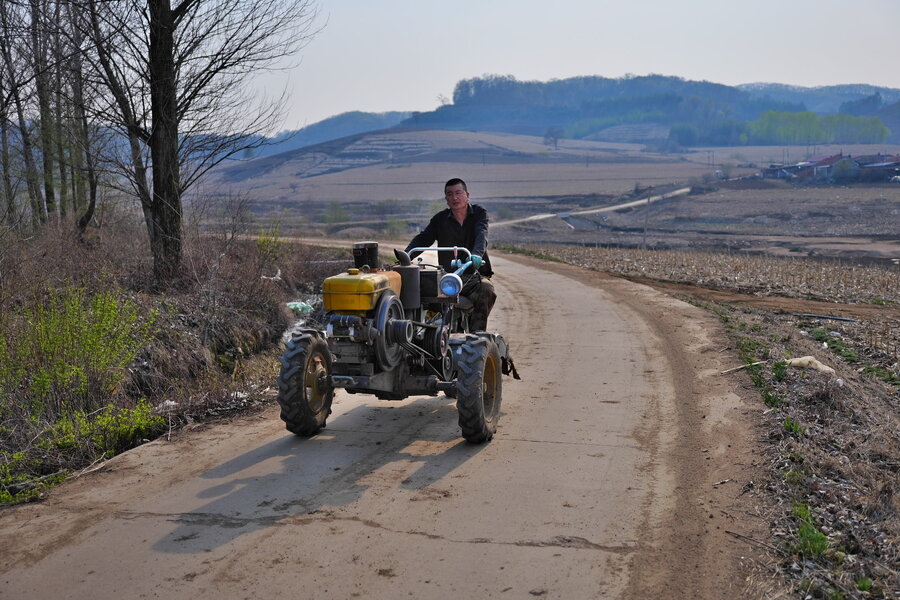

As we know, the AF had big changes between the mk1 & mk 2 models, so what is mostly being discussed here (currently in the Forums) is not that relevant to us DFD users. I've got to admit, I'm quite a big fan of DFD, for photographic purposes. Moving subjects and all. I don't do video myself, nor do I shoot small birds at vast distances but I'm not averse to users posting up their bird shooting settings or video tips & tricks. Not in the slightest.
So feel free to jump on in, and give us some of your hot tips that we can all perhaps experiment with, and see if it works for us.
I'll start. The S51 doesn't have very much in the way of subject detection AF modes. Face/people, animals, or both. That's it. But what it does have, seems to work pretty darn well, in my experience. It's not perfect. Far from it. but it does work, and the longer I spend tinkering around with it, the more I think I like it.
What I have been trying to find, is a basic, all round general purpose focus mode setting, that works in most scenarios. For me. I'm actually on holidays at the moment, probably not the best time to start getting all sidetracked on experimenting with different setups, but hey, what the hell. Nothing ventured, nothing gained right.
Because there's such a wide variety of subject matter that presents itself while wandering around strange cities/countries, the last thing you want to be doing, is diving off into the menus and p!$$ farting around to adjust settings every few seconds, just to suit different subject matter as it presents itself. So what I've come up with, is this.
1-Area+ AF mode. The owners manual tells us that the camera prioritizes the single point/box, but uses the framed area around the box to supplement subject acquisition, should your subject stray outside the focus box. Which does happen when shooting moving subjects. I'm not perfect at tracking, far from it. So I can use the help, and happy to accept my deficincies. So far, it seems to work.
Prior to this, I used to use the Zone (Oval) pattern, which works pretty good, but you lose the ability to specify that single, central point of the focus box/pattern.
Now, the good thing about using 1-Area+, is that you can also use Human/Animal detect with it. Which you can't, with Zone Oval. What you can also do, if you want to help the Human/Animal detect when it fails to pick up the subject, is place the 1-Area+ over the subject, & the camera will usually then pick up the subject, or at the very worst focus on that spot, rather than randomly jumping around the frame looking for something to nail.
Yeah, I know that you can cycle through multiple detected faces using just Human/Animal detect with touch focus or direction button presses, but I personally think it's quicker to just flick the joystick to move the AF box to the person you want, and let the camera take over from there. But that's just me. Plus, if there are no humans in the scene, you can still use your movable, re-sizeable single focus box, to precisely focus wherever you like. Without diving off into menus to change AF mode. Which you can't do (use a single AF box) with straight Human/Animal detect. Simple huh
Now, I've read a fair bit of complaining about Panasonic's lack of ability to focus on static subjects such as landscapes, using AFC. Rather than AFS. Because Sony does. For crying out loud, man up a bit. Just a little bit. There's a lever sitting right there beside your thumb, to change modes. With your eye still up to the EVF. No menu diving, just one, single little click, and it's done. When YOU want to, not the camera.
Panasonic actually had a setting in previous m4/3 bodies, called AFF -or Autofocus follow, as well as AFS, or Autofocus single. I tried to like it, but found it a bit laggy in detecting when your subject was actually starting to move and therefore jumping over to AFC. So much quicker, easier and reliable just to flick that little lever that Panasonic so thoughtfully placed right beside your thumb, to the appropriate mode.
That will do for a start, just one thing that's been on my mind and I figured out, that I thought I'd share. As it may have popped into peoples consciousness after all the grizzling over the S1R mk2.
Anyway, here's a couple of shots from yesterday, switching from shooting landscapes, to a moving subject, to environmental portrait with just a flick of my thumb. It works.

- Panasonic - DC-S5
- 18.0 mm
- ƒ/2
- 1/3200 sec
- Pattern
- Auto exposure
- 0.3
- ISO 100

- Panasonic - DC-S5
- 39.0 mm
- ƒ/2.8
- 1/2500 sec
- Pattern
- Auto exposure
- -0.7
- ISO 100

- Panasonic - DC-S5
- 66.0 mm
- ƒ/3.5
- 1/200 sec
- Pattern
- Auto exposure
- ISO 100
Last edited:
